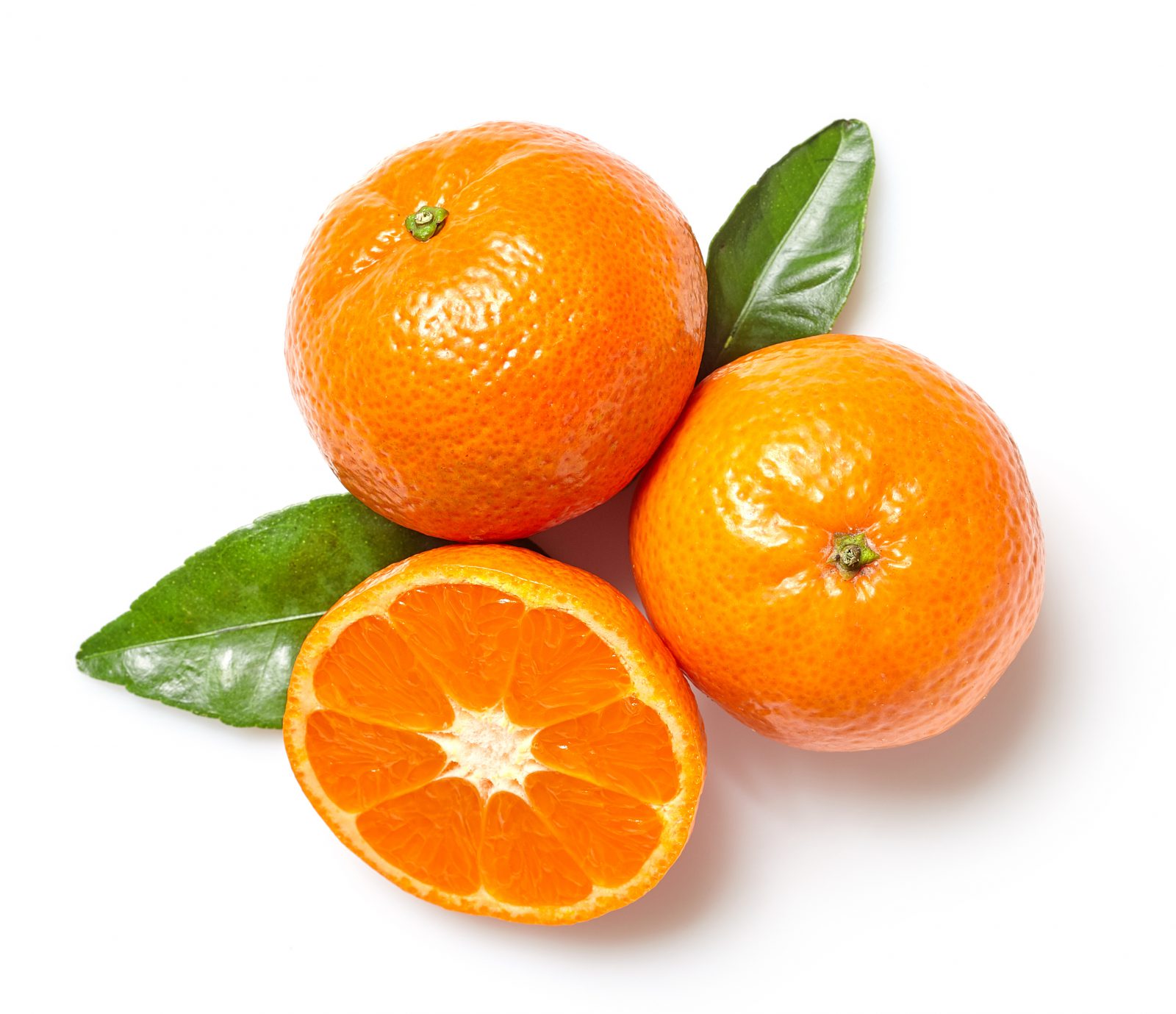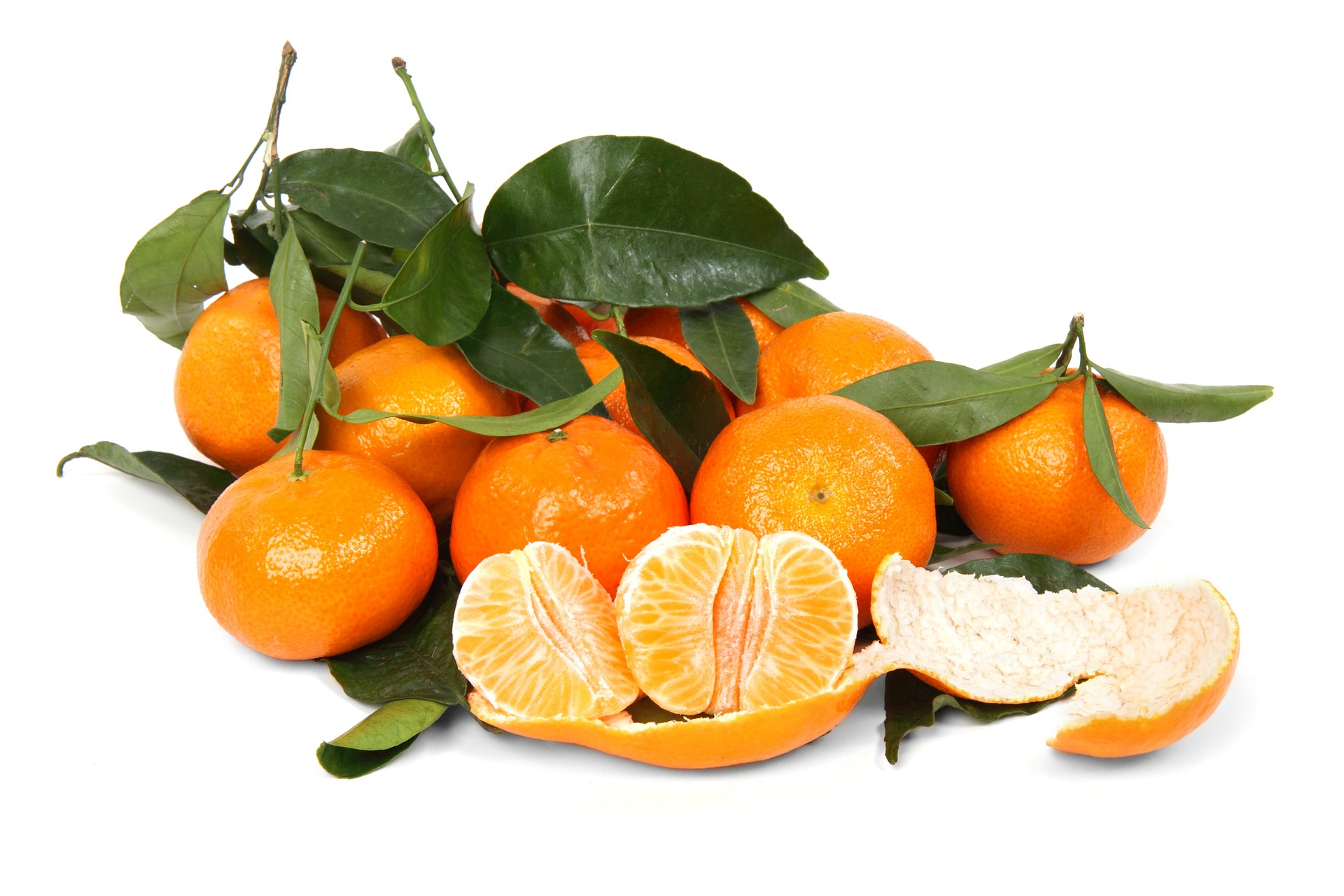Clementine Jane Hawke - A Sweet Citrus Story
Have you ever picked up one of those bright, little oranges, the ones that just seem to fit perfectly in your hand? So, you might know them as Cuties or Halos, perhaps. These tiny fruits, with their cheerful color and easy-to-remove skin, are a favorite for a good reason. They are, in fact, a type of citrus that brings a lot of good things to the table, and they have a rather interesting family background.
This particular kind of orange, often a go-to snack for people of all ages, holds a special spot in the world of fruit. It is, you know, a very popular choice among many different citrus options you can find. People just seem to love how simple they are to peel and how sweet they taste, which makes them a really pleasant bite any time of day.
What makes these little gems so appealing, truly, goes beyond their convenient size and delightful flavor. They pack quite a bit of goodness into their small form, offering a range of things that are good for you. This article will help you get to know this fruit better, exploring where it comes from and what makes it such a wonderful addition to your daily food choices. It's almost like discovering a little secret about a familiar friend.
Table of Contents
- What Makes Clementine Jane Hawke So Special?
- The Origin Story of Clementine Jane Hawke
- How Does Clementine Jane Hawke Get Its Sweetness?
- Clementine Jane Hawke - A Fruit for Everyone
- Are Clementine Jane Hawke's Benefits Real?
- Enjoying Clementine Jane Hawke - Simple Pleasures
- What Makes Clementine Jane Hawke Different from Others?
- The Family Tree of Clementine Jane Hawke
What Makes Clementine Jane Hawke So Special?
A clementine, you see, is not just any orange. It is, as a matter of fact, a special kind of citrus fruit that comes from mixing two other types of citrus together. This fruit, which some people call a tangor, is a combination of a willowleaf mandarin orange and a sweet orange. The result is a fruit that takes some of the best qualities from both its parent plants, making it a truly distinct and pleasant item to eat.
This particular fruit, named in honor of someone called Clément, has gained a lot of recognition. People often recognize it by its popular marketing names, like Cuties or Halos, which you find in stores. These names, perhaps, have helped make the fruit even more familiar to families everywhere, making it a common sight in fruit bowls and lunchboxes.
They are, quite literally, small oranges. But their size is part of their charm. These fruits are typically bright orange in color, and they are very easy to peel, which is a big plus for many people, especially those with small hands. And, as I was saying, they tend to be sweeter than many other oranges, offering a gentle, sugary taste that is quite enjoyable.
The Origin Story of Clementine Jane Hawke
The story of how the clementine came to be is, in a way, a tale of two fruits. It’s a hybrid, which means it’s a mix, created from a willowleaf mandarin orange and a sweet orange. This blend gives the clementine its unique set of features. So, you get the easy-to-peel nature of a mandarin combined with the sweet juiciness of a traditional orange, making for a truly pleasant eating experience.
This combining of fruit types, actually, is what gives the clementine its own special identity. It means that while it shares some traits with its fruit relatives, it also has qualities that set it apart. The careful blend results in a fruit that is both familiar and, at the same time, distinctly its own, offering a taste that many people find quite delightful.
It’s a fruit that, in some respects, has been carefully crafted by nature, or by human hands working with nature, to bring out the best parts of its ancestors. The name itself, honoring Clément, gives it a bit of history, connecting it to its past. This fruit, you know, has a lineage that makes it a fascinating example of how different plant types can come together to create something new and wonderful.
How Does Clementine Jane Hawke Get Its Sweetness?
The sweetness of a clementine, which is that lovely, sugary taste, comes from its unique parentage. As a mix of a mandarin and a sweet orange, it inherits a good amount of natural sugar from both sides of its family tree. This combination means that, typically, these small fruits have a more pronounced sweet flavor compared to some other citrus types you might try.
This particular sweetness, you know, is one of the main reasons why clementines are so well-liked. It makes them a good choice for those who prefer their fruit to be on the sweeter side, without being too tart or sour. The balance of flavors, in a way, is just right for many palates, making it a very approachable fruit for almost anyone.
And, as a matter of fact, this natural sweetness also means that they are a favorite for children. Kids often enjoy fruits that are easy to eat and taste sweet, and clementines fit that description perfectly. They offer a pleasant burst of sugary juice with every bite, making them a very appealing snack option for younger ones, and for adults too, of course.
Clementine Jane Hawke - A Fruit for Everyone
These little fruits, small in their build but big on flavor, are a truly popular snack. They are, in fact, a favorite for both children and grown-ups. Their size makes them perfect for a quick bite, and their flavor is something that seems to please nearly everyone. It’s a fruit that crosses age groups, bringing a simple pleasure to many different people.
Beyond being a pleasant snack, the goodness of clementines extends to what they offer for your well-being. They are, as I was saying, packed with things that are good for your body. This includes a good amount of antioxidant vitamin C, which is known for helping your body stay strong. They also provide B vitamins and fiber, which are both very important for how your body works.
Clementines are also a source of other important elements your body needs. They provide potassium, which helps with many body functions, and folate, another key part of staying healthy. You will also find small amounts of magnesium and calcium in them, too. These little bits of goodness add up, making the clementine a very wholesome choice for your diet.
Are Clementine Jane Hawke's Benefits Real?
Yes, the benefits of clementines are quite real, actually. These small oranges are a good source of many things that help your body. For example, they are known for having a good amount of vitamin C, which is something many people look for in fruits. This vitamin helps keep your body's defense system in good shape, making it a very useful part of your daily food intake.
Beyond vitamin C, clementines also offer other valuable elements. They contain potassium, which helps your body in many ways, including keeping your heart working well. You also get some B vitamins, which are important for your body's energy. And, in some respects, the fiber content helps with digestion, making these fruits a truly well-rounded choice for your health.
The presence of these different good elements means that eating clementines can contribute to a balanced way of eating. They are, in a way, a simple and tasty method to add more good things to your diet. So, whether you are just looking for a sweet treat or trying to add more wholesome foods, clementines certainly fit the bill.
Enjoying Clementine Jane Hawke - Simple Pleasures
One of the best things about clementines is how easy they are to enjoy. They are, typically, seedless, which means you do not have to worry about spitting out little hard bits as you eat them. This makes them a very convenient snack, especially for kids, who can just peel and eat without much fuss. It’s a truly simple pleasure, that.
Their easy-to-remove skin is another big plus. You can usually peel a clementine with just your fingers, without needing any tools. This makes them a perfect grab-and-go fruit for when you are busy or out and about. So, whether you are packing a lunch or just want a quick bite, a clementine is a very good choice.
You can enjoy clementines in many ways, really. Of course, eating them fresh, just as they are, is a popular option. But you can also add their bright flavor to other foods. Some people like to put them in salads, for instance, to add a sweet and tangy twist. They can also be a nice addition to a fruit platter or a simple dessert, offering a burst of fresh taste.
What Makes Clementine Jane Hawke Different from Others?
Clementines are, as we have discussed, a type of mandarin orange. But how do they stand out from other mandarins, or even other citrus fruits? Well, their unique blend of a mandarin and a sweet orange gives them a particular taste and texture that sets them apart. They often have a slightly softer texture than some oranges, and their sweetness is quite distinct.
They are, in fact, very similar to other mandarins you might know, such as tangerines, satsumas, and even the less common ojai pixies. However, clementines tend to be on the smaller side, and they are known for being particularly easy to peel, which is not always the case with all mandarin types. This makes them a very convenient option for snacking, virtually hassle-free.
When you compare them to other citrus fruits, like larger oranges or grapefruits, clementines offer a more contained and often sweeter experience. They are less messy to eat than a big, juicy orange, and they do not have the tartness that some grapefruits possess. So, in some respects, they offer a very balanced and approachable flavor profile that many people prefer.
The Family Tree of Clementine Jane Hawke
Clementines are a member of the citrus family, which is a very large group of fruits. This family includes many well-known items like lemons, limes, grapefruits, and, of course, many different kinds of oranges. Being part of this family means they share some common traits with their relatives, such as containing vitamin C and having a generally bright, refreshing taste.
Within this big citrus family, clementines belong to the mandarin group. This group is known for its fruits that are generally smaller, have looser skins, and are often sweeter than common oranges. So, you know, when you pick up a clementine, you are enjoying a fruit that has a rich background and many close relatives.
The fact that they are a hybrid, a mix of two different citrus types, makes their family tree even more interesting. It shows how different parts of the citrus world can come together to create something new and wonderful. This blend, you see, is what gives the clementine its unique character and its place as a truly beloved fruit among all the citrus choices available.

Clementine

Clementine - Wikipedia

7 Health Benefits Of Clementine